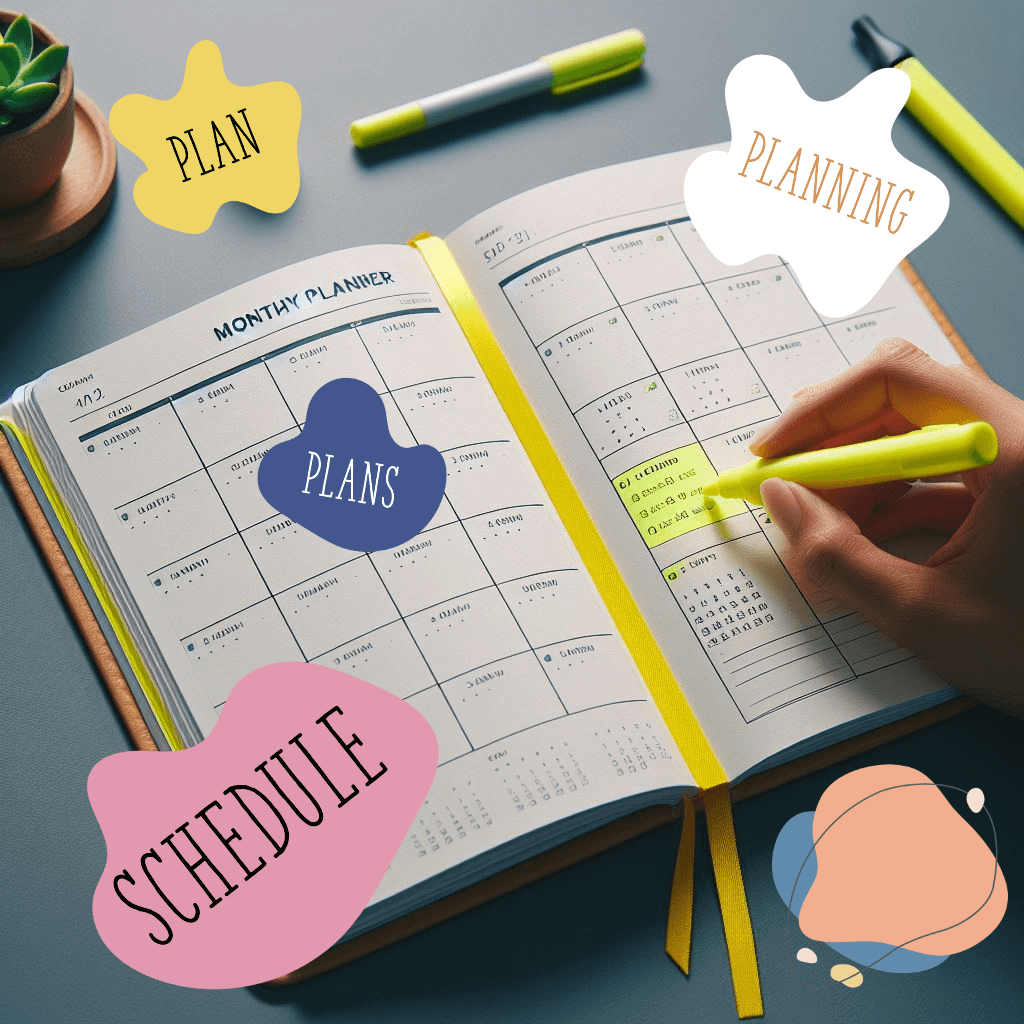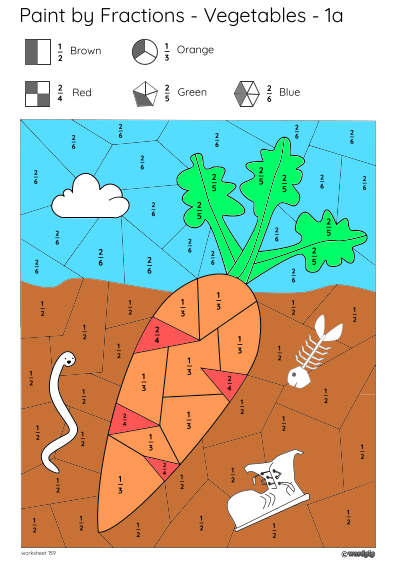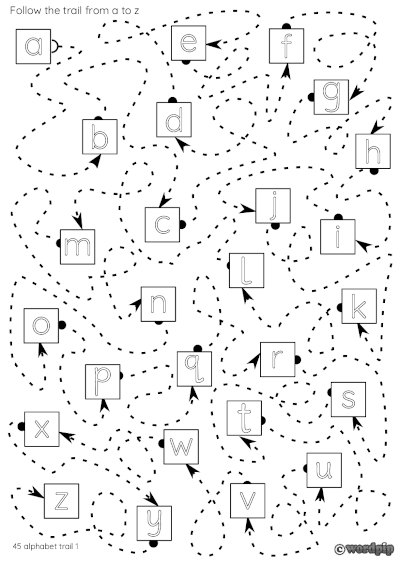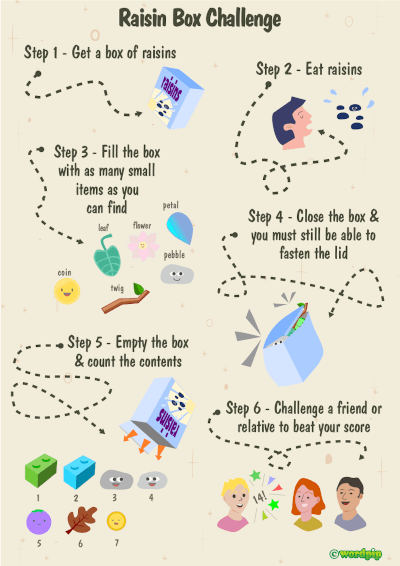20 Tips to Reduce Marking Workload
Optimizing the Marking Process: 20 Tips to Enhance Efficiency.
- Set clear expectations:
- Prioritize effectively:
- Utilize rubrics:
- A rubric outlines the expectations for a particular task or assignment. It breaks down the assessment criteria into specific components, each with its own description and corresponding score.
- Rubrics typically consist of rows (criteria) and columns (levels of performance). Each row represents a different aspect of the work, such as content, organization, or creativity. The columns represent different levels of achievement (e.g., Excellent, Good, Fair, Poor).
- Within each cell of the rubric, there are descriptors that explain what constitutes each level of performance. These descriptors help educators and students understand what is expected at each level.
- When assessing student work, teachers refer to the rubric. They evaluate each component based on the descriptors and assign a score accordingly. The total score is then calculated by adding up the scores for all components.
- The benefits of rubrics include
Clarity: Rubrics provide clear guidelines, reducing ambiguity in grading.
Consistency: They ensure consistent evaluation across different graders.
Feedback: Rubrics offer constructive feedback to students, helping them understand their strengths and areas for improvement.
Efficiency: Using rubrics saves time compared to subjective grading.
- Embrace technology:
- Focus on feedback, not marks:
- Encourage peer and self-assessment:
- Use targeted praise:
- Mark electronically (where possible):
- Leave space for student responses:
- Focus on key areas:
- Utilize generic comments judiciously:
- Schedule dedicated marking time:
- Create a designated space:
- Embrace batch marking:
- Set realistic deadlines:
- Don't be afraid to say no:
- Quality over quantity:
- Celebrate progress:
- Maintain a healthy work-life balance:
- Seek support:
Planning and Preparation (4 Tips):

Establish clear success criteria at the beginning of an assignment. This guides students on what you're looking for and how their work will be graded.
Decide which aspects of work need the most detailed feedback and tailor your marking accordingly.
Create rubrics with specific descriptors for different grade levels. This saves time and ensures consistent marking.
Rubrics are structured scoring guides used in education to evaluate student work. They provide clear criteria and descriptors for assessing assignments, projects, or assessments.
Here's how they work:
In summary, rubrics are valuable tools for educators to assess student performance objectively and fairly. They promote transparency, consistency, and effective feedback.
Here is a checklist rubric example to show how they work:
It is an example of a science project checklist for a cell model assignment
Checklists are straightforward and ensure that all required elements of an assignment are present. They are useful for tracking participation and completion.
| Criteria | Self Check | Teacher Check |
|---|---|---|
| Cover page with name and title | ✔️ | ✔️ |
| Research notes from different sites | ✔️ | ✔️ |
| Cell model made of Play Doh, candy, or other material | ✔️ | ✔️ |
| Cell model includes labels for each part of the cell | ✔️ | ✔️ |
| Explanation paragraph for each part of the cell | ✔️ | ✔️ |
Explore online tools and platforms to automate tasks like marking multiple-choice questions and providing feedback.
Marking Strategies (7 Tips):

Offer concise and constructive feedback that helps students improve, rather than just assigning a grade.
Facilitate students assessing their own work and that of their peers. This develops critical thinking skills and lightens your load.
Highlight specific areas where students excel or demonstrate improvement.
Utilize online marking tools to save time and potentially improve accessibility for students.
Encourage students to respond to your feedback, demonstrating their understanding and promoting a dialogue.
Identify and prioritize the most important aspects of the task for feedback.
Develop a bank of reusable comments addressing common mistakes or areas for improvement.
Managing Your Time (5 Tips):

Block out specific times in your schedule to focus solely on marking.
Minimize distractions by having a dedicated marking area, free from interruptions.
Group similar assignments together for a more efficient workflow.
Avoid overloading yourself and be mindful of your time constraints.
Delegate tasks where possible or request support from colleagues or school leadership when feeling overwhelmed.
Mindset and Well-being (4 Tips):

Focus on providing high-quality feedback, not marking everything in minute detail.
Acknowledge the effort students put in and highlight the progress they've made.
Don't sacrifice your well-being by neglecting personal life and professional development.
Don't hesitate to ask for help from colleagues, mentors, or school leadership.
Workload and Time Spent
A 2019 study by the National Union of Teachers in the UK found that 90% of teachers felt the amount of marking they were required to do was impacting their well-being.
A 2020 report by the World Bank titled "Teachers" highlighted the concern of excessive marking loads leading to teacher burnout and impacting the quality of feedback provided to students.
A 2018 report by the OECD (Organisation for Economic Co-operation and Development) titled "Education at a Glance" found that secondary school teachers in all participating countries spent an average of 13 hours per week marking and preparing lessons. However, this average varied significantly across countries, with teachers in South Korea reporting an average of 22.7 hours, while those in Finland reported only 8.4 hours.
Start by exploring these 20 tips tailored to help you manage your marking workload. By consistently monitoring and refining your approach, you'll discover what works best for you and ultimately reclaim valuable time.
Streamline your day and support learning with our free downloadable resources.
Download now and unlock more time for other activities.
Visit our downloads page
Here are some examples of our worksheets
More articles

Helping Colour-Blind Children ...and Teachers!
Small Considerations Can Make a Difference
There are things you can do to help
Playing to Learn - Child Led Play
Is It Ok To Just Let Go?
Sometimes stepping back can lead to a big step forward
Tripod Grip Explained in Pictures
Photos That Show Just What This Is
The way you hold your writing implement can have a big effect on your early writing

